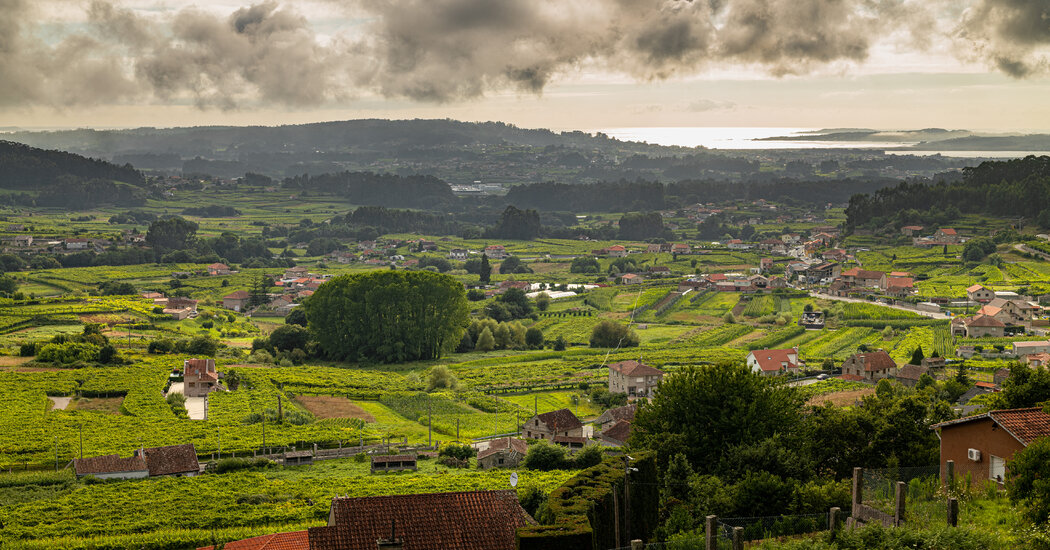Here in Rías Baixas, the Galician home of albariño in northwestern Spain, the most typical answer to a direct question is, “It depends.”
It’s not that Galicians are noncommittal or hedging their bets. It’s more that they are aware of the complexity of many situations and don’t want to overly simplify matters.
That’s why if you ask a winemaker here about the future of albariño, or best practices for growing the grapes or making the wines, the response you are most likely to get is, “It depends.”
The answers to these sorts of questions are especially pertinent now as Rías Baixas is at an inflection point. Since Rías Baixas became an appellation in 1988, growers and winemakers have been encouraged to produce albariño and plenty of it.
The result has been a popular commodity wine: cheap, aromatic, easy to drink and forget. In many people’s minds, that’s all albariño can be.
Yet, as is so often the case with wine, ideas about a grape’s potential for complexity and aging become fixed not because of a grape’s actual limits but because few people have tried make anything more of it. But when a producer treats a grape more ambitiously, things begin to change — just look at aligoté, silvaner and bobal. How albariño is farmed and what sort of wine is intended will dictate its potential.
In Rías Baixas, a growing group of farmers and producers are exploring albariño’s capabilities, farming the grape with care and sensitivity and experimenting with different methods of making the wine.
In the process, they have demonstrated that albariño can produce wines that age for decades and offer captivating complexities. And beyond albariño, they are re-examining the region’s history, resurrecting forgotten grapes and neglected vineyards, and finding excellence just as other parts of Spain, like sherry country and Sierra de Gredos, have done.
Rather than settling for simple and fruity, some winemakers in Rías Baixas are producing singular albariños — savory, saline and contemplative, perhaps recalling bottles of old.
“Albariño in the past was an aristocratic wine,” said Eulogio Pomares, a walking Galician history book who with his wife, Rebecca, makes excellent wines under the Zarate label. “People used to grow red grapes to drink every day. Only the rich grew whites.”
Albariño must have been rare. Galicia historically was one of Spain’s poorest, most isolated regions, and one of its most unusual. Unlike the rest of Spain’s…
Click Here to Read the Full Original Article at NYT > Travel…
